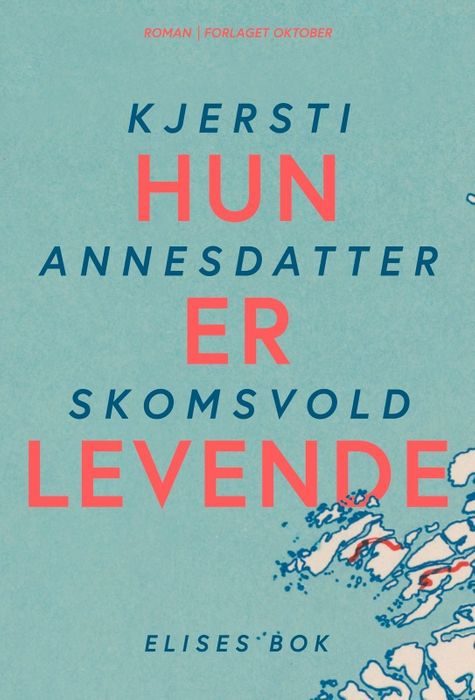She Lives. Elise’s Book
Because of the distance between people. Because of the loneliness. Because of the mercilessness of the sea, of nature. Because of the barren soil they have to live off. Because of diseases such as tuberculosis. Because of the lack of contraception, all the pregnancies, the births. With all this and more, it can’t be easy to be human in Salsnes at this time. (Elise probably doesn’t think this, but I do.)
Kjersti Annesdatter Skomsvold didn’t know much about her great-grandmother, but she understood one thing: People were afraid of her. And she must have had a hard life.
Then Kjersti lies awake at night. In one hand she holds her two-year-old child. The other one has been grasped by her great-grandmother Elise.
Skomsvold begins to compose her own great-grandmother, who was born in 1880, weaving the past into the present. Most of it is fiction, but some of it is true: at the age of twelve, Elise loses her father. Far too young, she begins a relationship with her teacher, or rather he begins a relationship with her, and when Elise becomes pregnant at the age of 17, they get married. In the years that follow, she gives birth to child after child after child, and she has to bury many of them. But even though Elise is remembered as an angry and bitter woman, she must have loved life at one time, right?
She lives. Elise’s book is the first in a planned quartet about the author’s great-grandmothers.

